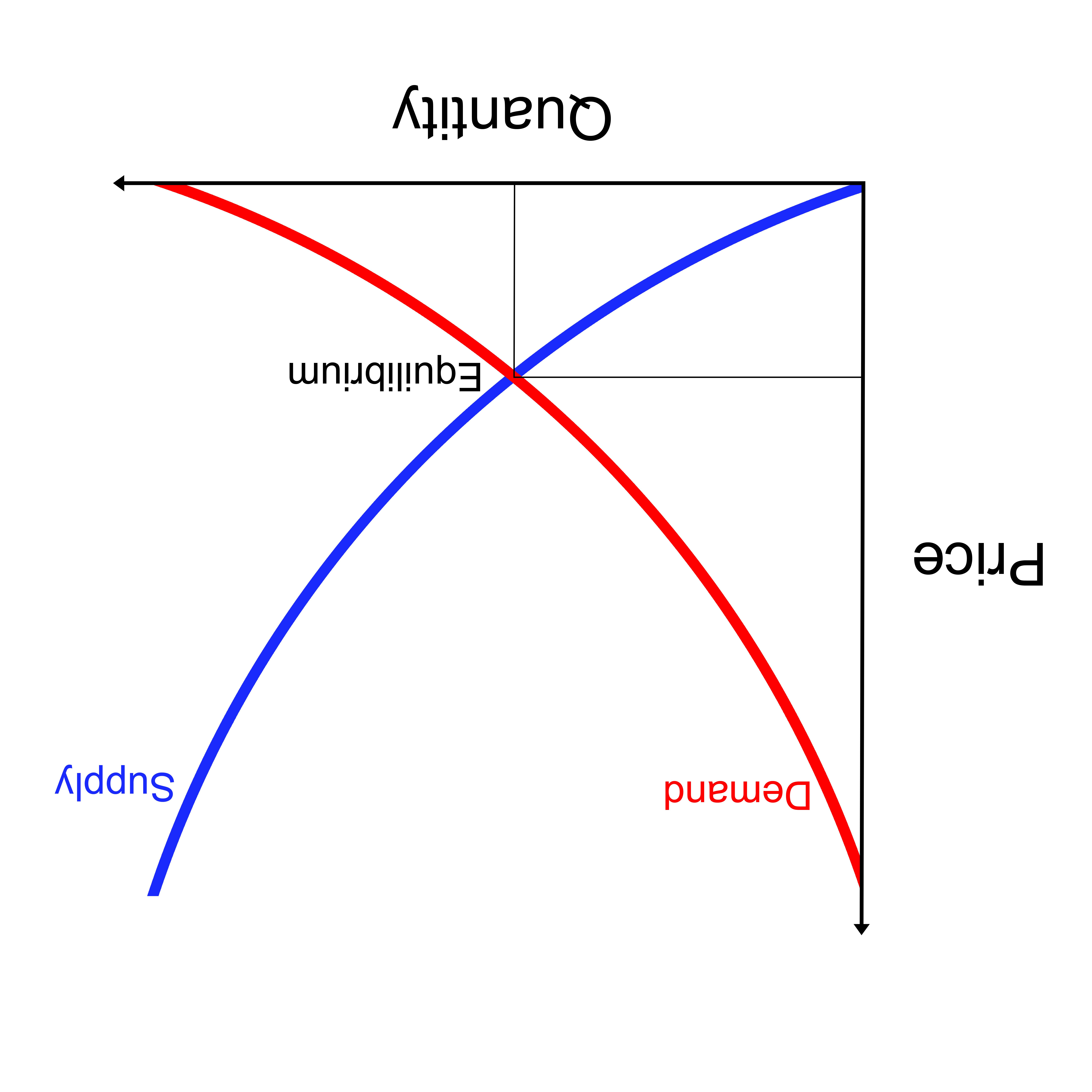Antitrust in 60 Seconds: Market Definition
The 60-Second Read:
Market definition is an important step in building an antitrust case or investigating a market for anticompetitive harms. The goal is to define a relevant market so that other things like concentration levels, market power, and market shares can be determined. There are two aspects of a market definition, one that measures what products compete and one that measures where these products compete. Market definition aims to describe a market of all companies that constrain each other’s ability to raise prices or lower quality or innovation. In order to prevail in most cases, plaintiffs must prove these market boundaries using established models and other accepted economic tools that test whether a theoretical market exists in reality. This testing ensures that market definitions aren’t too narrow, making markets seem more concentrated than reality, or two wide, making markets seem less concentrated than reality.
What Is Market Definition?
Market definition is a crucial part of building many antitrust cases. It’s also one way that alleged anticompetitive activity is measured. Market definition seeks to define a relevant market that separates the products and services that compete with each other and those that do not. This provides us with a group of products and services that could constrain the market we are looking at in a potential antitrust case. For example, if a fruit company corners the market on oranges we may need to look at what other products could keep the fruit company from raising the price of oranges. The simplest place to look would be other orange sellers. But the analysis doesn’t stop there. If the price of oranges rose, would consumers decide to buy other citrus products like grapefruit instead? Limes or lemons? And would they turn to things as different as apples? Of course we can say apples and oranges are as different as the cliche implies, but constructing a market definition is about putting that theory to the test. This market definition ultimately provides a frame of reference to evaluate potential harms.
Defining a market is a requirement for plaintiffs in most cases, whether they are government enforcers or private parties. But sometimes the step of market definition can be skipped, like when an activity is per se illegal. Per se is a special category of conduct that the courts have decided is illegal as a matter of law, meaning that actual market consequences are irrelevant. Outside of per se cases, however, plaintiffs will most likely have to define a market in order to successfully make a case for a violation of the competition laws. Therefore, gathering the data necessary to define a market is an important part of investigations into alleged anticompetitive conduct.
How Are Markets Defined?
The plaintiff must prove two aspects of a market in order to properly define a market in court: the products that are in the market and the geography that contains the market. Beyond this, courts have largely deferred to enforcers to actually develop the methods and tools used to define these markets. For example, the Federal Trade Commission and Department of Justice release the “Horizontal Merger Guidelines” every few decades to notify the public how they intend to measure the competitive effects of mergers, including methods for defining markets. While not binding in court, judges nonetheless have regularly deferred to the Guidelines on how markets should be defined in all cases, not just mergers.
The Guidelines roughly describes each part of the market definition as follows:
1. Product market definition: Defining a product market means looking for substitutes to the product that you are analyzing. Here it is important to only include close substitutes and not distant substitutes. The Guidelines use the example of a merger of two motorcycle companies. The closest substitutes would be motorcycles sold by other companies. A distant substitute would be cars. But even though some customers would consider a car a substitute, the products are different enough that including cars would overstate the competitive significance of cars and skew the results.
The most common way of showing a product market is for an economist to perform what is known as the Hypothetical Monopolist Test. Put simply, the economist starts with the smallest group of products that could make up the market and imagines a monopolist that controls all of them. The economist will then simulate the effect of a hypothetical monopolist enacting a small but significant non-transitory increase in price (SSNIP). If consumers react to this hypothetical price increase by buying other products, then those products are included in the relevant market and the test is repeated. There are many variations on this test based on the nature of the market studied, and there are many “traps” that economists must avoid so as not to reach erroneous results. But most product market definitions are derived from this SSNIP test. The key questions are whether and how consumers would shift their behavior due to a price increase.
2. Geographic market definition: Defining a geographic market means determining whether geography limits consumers’ willingness or ability to substitute products or a supplier’s willingness or ability to serve consumers. For example, if you are in Town A and the main competitor to your local grocery store is in Town B, is it feasible for you to travel to Town B if your grocery store raises its prices? Geographic market definition is often extremely important in the case of mergers of brick-and-mortar retailers or other businesses with a strong local focus like health insurance. For example, the FTC sued to block the merger of US Foods and Sysco based on a national geographic market and 32 local markets that would have concentration substantially increased. One of these local markets was the city of Las Vegas, Nevada.
Defining geographic markets can be more complicated and fact intensive due to factors such as transportation costs, language, regulation, tariff and non-tariff trade barriers, custom and familiarity, reputation, and service availability. The Guidelines recommend defining geographic markets based on the location of suppliers or customers, whichever is most feasible.
Once a market is defined, the judge or jury can develop a better picture of how big the defendant is in its market and market share can be calculated. In merger analysis, market shares are also used to calculate what is called a Herfindahl–Hirschman Index (HHI), which is a simple formula that squares the market share of all companies in the market and adds them together. For example, if there were two equally sized companies in a market the formula would be 50%2 + 50%2. The higher the HHI, the more concentrated an industry is. The Guidelines then provide a table of concentration and change in concentration thresholds that guide the agencies in sorting mergers that need less scrutiny from those that need more scrutiny.
Impact on Cases
Jonathan Baker, economist and law professor, states that “the outcome of more cases has surely turned on market definition than on any other substantive issue.” Market definition is important because it sets the table for the future success or failure of the case. It’s an important lens through which alleged conduct is examined for real or potential anticompetitive effects. For example, a monopolist could plausibly raise prices and sustain those higher prices. If a small company tried that, they would likely lose their business to other companies with lower prices. This holds true for non-price forms of competitive harms as well, like quality or innovation (see my innovation post for more info on how non-price harms are accounted for in modern antitrust law).
Market definition has recently risen to prominence because of its impact on multiple high-profile cases. The government lost the Ohio v. American Express case largely due to a failure to define a relevant market that considered both sides of a two-sided market. The EU also made news by bringing a case against Android that excluded iPhones as a competitor from their market definition. This definition will likely face challenge, as most consumers see iPhone and Android as the biggest competitors in the smartphone market. It is also relevant to how people perceive a company’s size and market share. For example, Amazon has a large share of the online retail market but only five percent of the total retail market. These examples all show how important market definition can be.
Market Definition Controversies
Market definition may seem simple, but it has been the subject of countless debates. Harvard law and economics professor Louis Kaplow wrote an article arguing that “the market definition process is incoherent as a matter of basic economic principles and hence should be abandoned entirely.” Law professors Mark Lemley and Mark McKenna wrote that things like brand investment and brand loyalty can matter greatly to the results of classic market definition analysis, to the extent that Pepsi and Coke might seem to be in different markets. Lemley and McKenna partially agree with Kaplow, and praise the Guidelines’ gradual move away from formalistic boundaries in favor of observed competitive effects.
While the Supreme Court has shown much support for the market definition process, most recently in Ohio v. American Express, many of their decisions that describe or apply the process have faced fierce criticism and seem to have fallen in disfavor in the courts and among enforcers. For example, the Supreme Court’s 1956 decision in U.S. v. EI du Pont de Nemours was widely criticized for what became known as the cellophane fallacy, which is an error caused by calculating a market definition using a current monopoly price as a reference point. By using an already high price, market definition tests can mistake consumers begrudgingly accepting an imperfect substitute for an actual substitute. Law professor Steven Salop identified other market power “traps” that courts should avoid.
Many other Supreme Court market definition cases have faced outright criticism. Law professor C. Paul Rogers called another market definition case, 1962’s Brown Shoe v. U.S., “one of the most maligned antitrust decisions in history.” Professor and former FTC Commissioner Josh Wright and Judge Douglas Ginsburg wrote an entire paper on another important market definition case titled “Philadelphia National Bank: Bad Economics, Bad Law, Good Riddance.” This paper is not just critical of Philadelphia National Bank, it also mentions other market definition cases like Von’s Grocery.
Many aspects of market definition are fiercely debated and some precedent cannot be relied upon without risk. However, this debate has a modest — if any — impact on modern antitrust practice where plaintiffs are accustomed to defining markets based largely on established tools in order to properly make their case in court.








